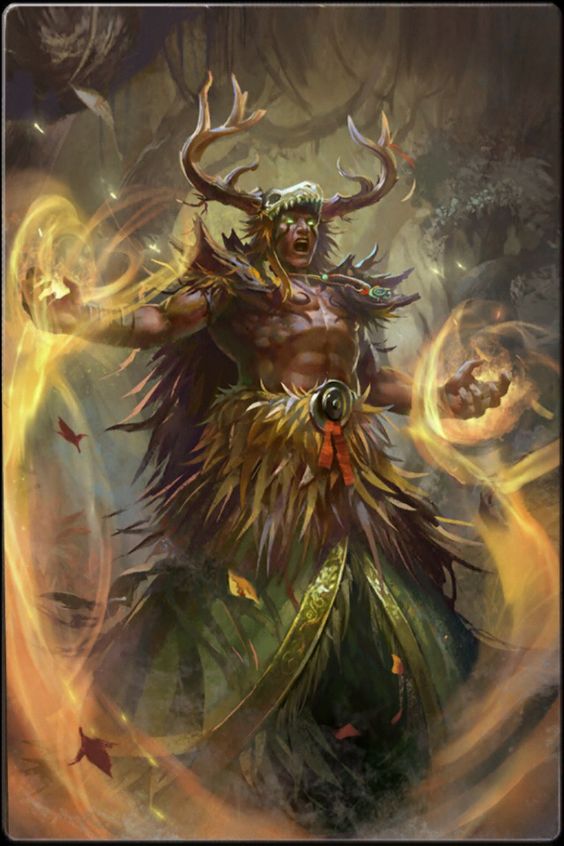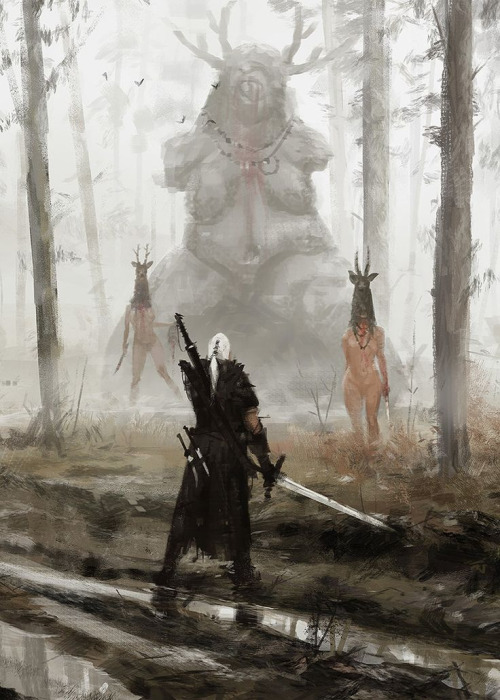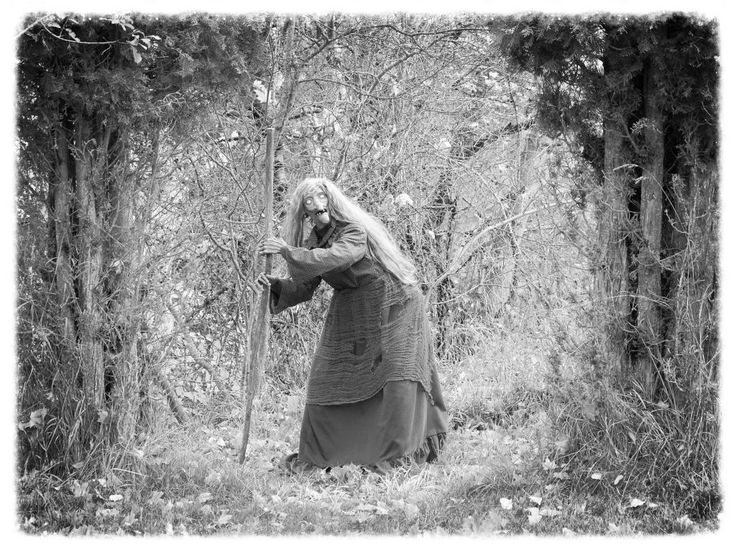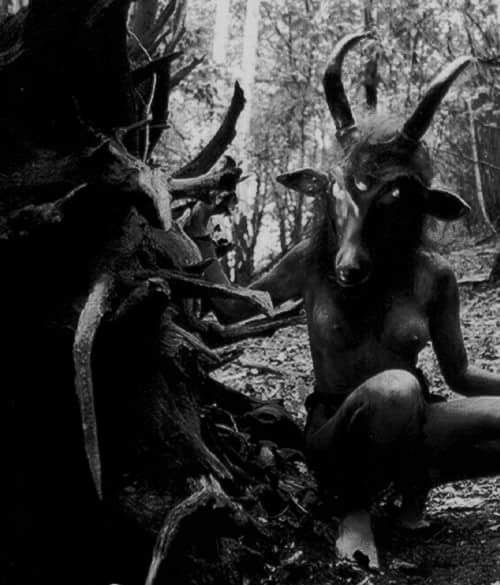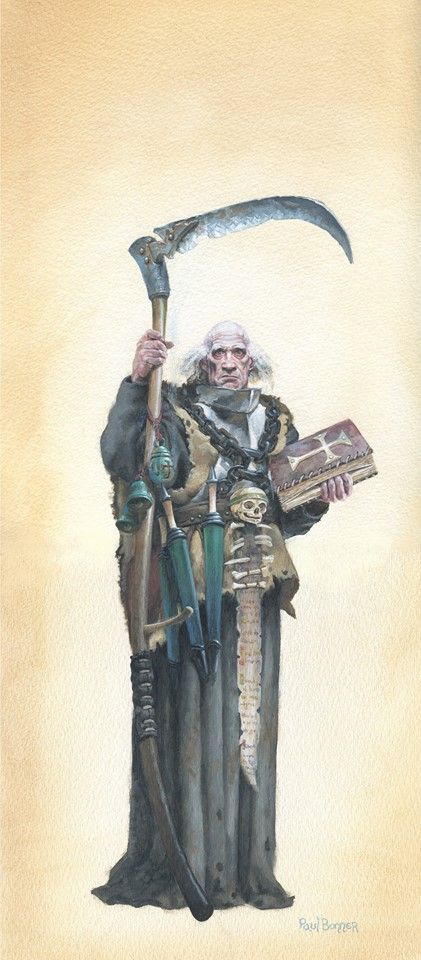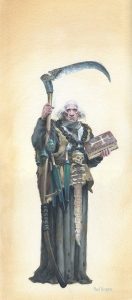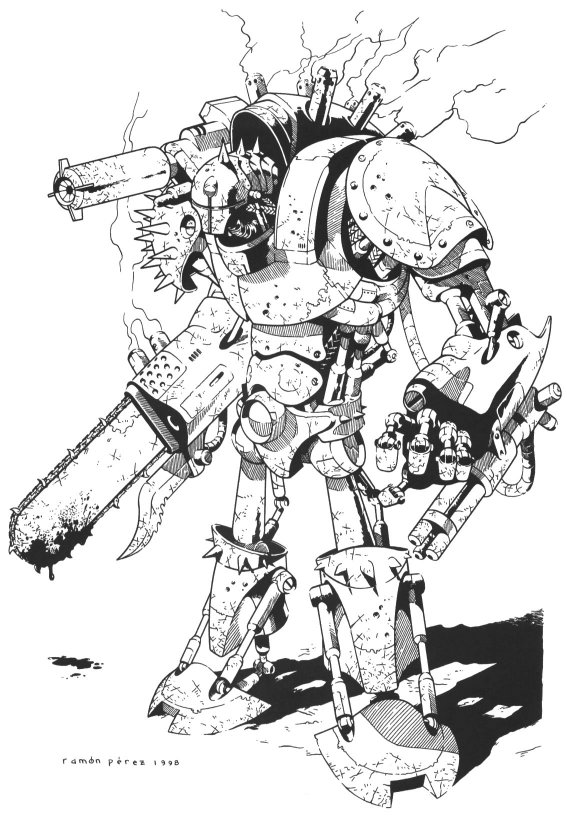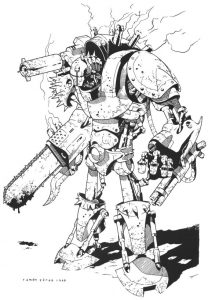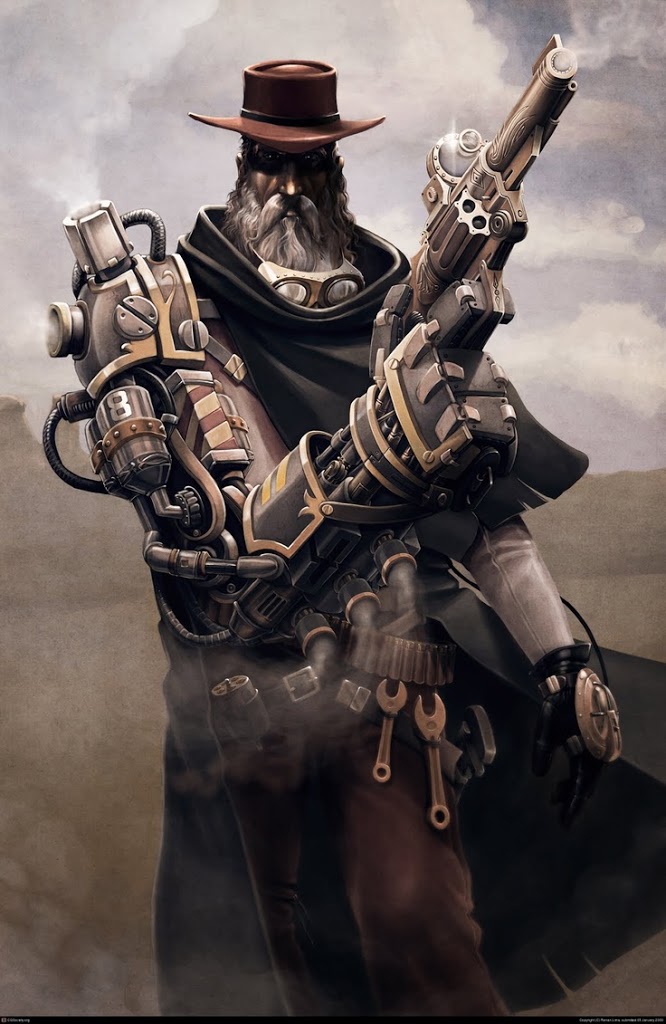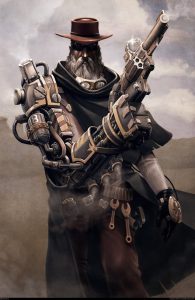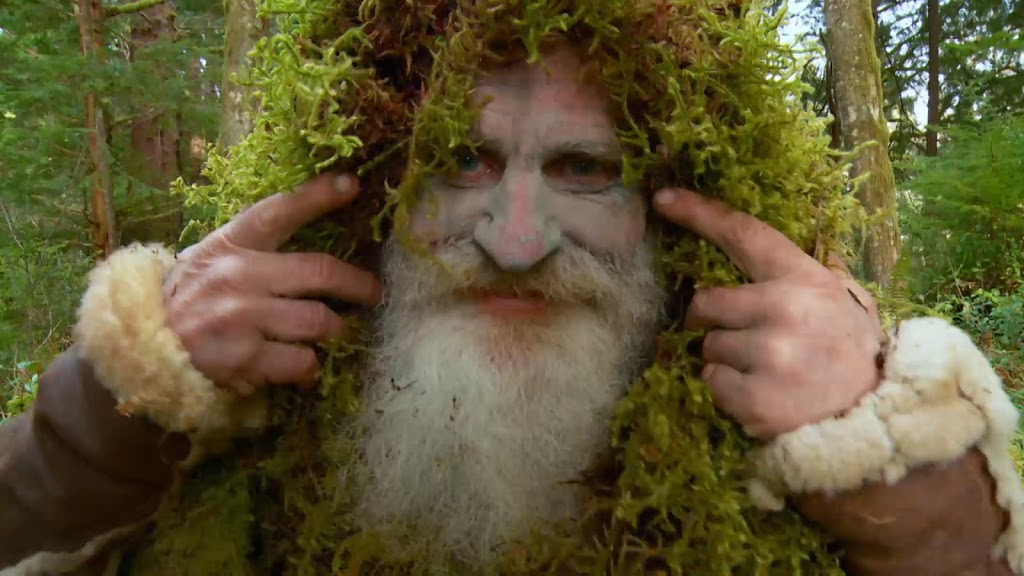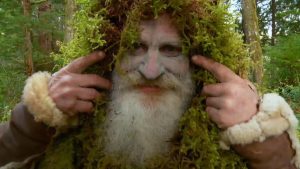Yesterday I ran/played Dungeon Crawl Classics for the first time ever.
It was awesome.
Finding DCC was reminiscent of when I discovered Lamentations of the Flame Princess years ago; a breathe of fresh air! The fantasy game I’ve been looking for, for the last 20 years.
All the modifications I was making to LotFP are already included in DCC. So, I’m switching systems. A lot less work and stress for me to build the game I want. That’s a big load off my shoulders.
The rest of the group enjoyed their Zero Level adventure as well.
So what adventure did we play?
Well, I ran Tower of the Stargazer with a lot of modifications.
First, I removed all the background from the module. The players were supposed to control four characters each, but three players chose to control three characters; I still have no idea why. I explained, exhaustively, how that wasn’t a particularly good idea, but they insisted on three.
Anyway, the characters were all from the same town in a run-down barony ruled over by a powerful wizard. The wizard himself hadn’t been heard from in many years, and the barony was run by an appointed magistrate who was killed in an ambush by bandits a few months before. Since then, the area around the town has been plagued by monsters, bandits, crop failures, cats mating with dogs, etc. So the town sent a small group of villagers to the wizard’s tower in order to appeal to the wizard directly for help. They never returned. The player character’s were the B team, sent to talk to the wizard and see what happened to the first group.
Outside the tower, I changed the four large lightning rods into a huge field of smaller lightning rods of heights varying between 10-20 feet. Each with a cable running from the base of the rod to the base of the tower. There was stone path leading to the front door of the tower.
- Walking along the path at normal human speed would take 3 rounds to reach the front door.
- There is a 1% chance x number of characters that a random character is struck by lightning for d6 damage.
- Walking through the field of lightning rods reduces the chance of lightning strike to a flat 1%, but unless walking carefully at half speed, there is a 1 in 6 chance of a character stepping on a “hot” wire and being electrocuted for d6 damage. I had figured that the players would be fearful of the lightning and attempt to run to the tower to avoid getting hit.
- There were three bodies of the A Team of villagers on the path, and three bodies in the lightning rod field. Searching a body takes a round, which means another roll to see if lightning strikes.
The first character death occurred when a dwarf grabbed a lightning rod and tried to pry it out of the ground. Lightning strike for 1 damage; the dwarf had 1 HP.
The second death occurred when a human attempted to search a body of a villager and was struck by lightning.
Death Count: 2
One of those dead villagers had a coin that when flipped, would always land on its side. This would become very important later on.
Reaching the front double-doors, one character decided to knock using the door knocker, while simultaneously another character went to open the other door by grabbing the door knob. Got stuck with a poison needle, failed the save, died.
Death Count: 3
I decided that the tower should not be cleaned/kept up by “magic” as stated in the module, and instead the Calcidus the Stargazer utilized animated dead bodies (zombies) as maids and butlers, While living assistants cooked food and helped with experiments.
Each of the zombies had an iron bar through their neck and would only be animated for a period of time before needing to recharge in the cells in Basement Level 1; each cell had a device with copper wires attached that the zombies would plug into and recharge. Two zombies plug in at a time, while two others work elsewhere in the tower.
So the characters enter the tower and in the foyer is a zombie maid dusting the couches and coffee tables and a fake plant in the corner. The maid has a note pinned to her dress that says, “Please wait to be summoned, Calcidus.” One character found some Copper change in a couch, another stole a painting of Calcidus as a young man from the wall. This was a mistake on my part, as I intended for the painting to be the False Chanterelle painting from Maze of the Blue Medusa, but I completely forgot.
Eventually, they tired of waiting to be summoned and opened the door to the next room.
Opening the door caused the maid to attack the character who opened it, while from the other room, a zombie butler rushed at the character moaning, “nooooot summmonnnneed,” and attacked. The zombies were eventually defeated by bashing in the skull of the butler, maiming the maid with a critical hit to the knee, and then finishing the maid off by dowsing her head in holy water. Fun tidbit; the Lick-Spitter character armed with a bucket and a tin of breath mints tossed a mint into the maid’s mouth with a great roll before she was destroyed.
Searching the Sitting Room, where the butler attacked from, I described the china cabinet and the fine, fragile dishes within. A player stated that one of his characters was going to throw the dishes into his sack. The fragile dishes all shattered.
They quickly figured out the stack of crates were fake and found the trapdoor underneath. After carefully examining the statue, they figured out it too could be slid away revealing another trapdoor.
This is where things got tricky.
The party decided to split into THREE groups. One group went up the stairs to Level Two. Another group went down the trapdoor leading to the storage room in Basement One. And a single character went down the trapdoor leading to the small room in Basement One closed off with a portculis.
The single character didn’t even try to lift the portculis, but that was partially my fault; I described it as iron bars, leading them to conclude it was a jail-type cell. My bad. Not that they would have been able to lift it by themselves anyway. Still, I made another mistake. They did notice a red glow coming from beyond the portculis but they couldn’t see the source. More on that later.
The second group that went down to the Storage Room found the secret door, and the character with a background as a miner made a skill check to figure out what would trigger the door to open, and discovered a suspiciously loose flagstone on the floor and stepped on it, opening the door. Oddly, no one wanted to open the regular, normal door. They also did a cursory search of the crates, but found none of the strange contents to be interesting enough to take.
Going through the secret door, they found the zombie recharging stations. The last three cells I kept as actual cells, including the 15 armed skeleton. That tripped some of the players out. I also kept the brain leech, and one of the characters swallowed it. That should be a nice surprise at the beginning of the next adventure!
The laboratory I kept pretty much as written, including the mirror room and the body on the table, and the microscope with the blood vials. One character immediately wanted to look at the blood through the microscope and missed a saving throw and licked the smear off the slide. ewwww. I haven’t decided how the blood will affect the character; perhaps some sort of slow, agonizing death as the virus contained destroys their cells. Or maybe a couple rolls on the Corruption table! That’s an even better idea.
The mirror room has an issue within it that I didn’t realize until the players discovered it. One of the mirrors produces a doppleganger which either fights you or melds into you doubling providing another hit die. If you fight it, it has all the same equipment that you have, so potentially, you could just keep looking in the mirror and doubling your equipment and money, or get more hit points, for as long as you want.
Anyway, another character died here when they failed a save and a laser beam cut a hole through their chest. Two characters saw their ability scores increase, and one saw theirs decrease. Two of the mirrors were smashed. One character looked into a mirror and gained a profound knowledge of something… an answer to a question of their choosing at a later time. More on that later.
Death Count: 4
This group of characters discovered the elevator and took it up to Tower Level 5.
On Level Two of the tower, the other group of characters found the living servants quarters, which has been long abandoned. They were very interested in the oven and several characters thoroughly searched it, finding nothing. They went up the stairs to Tower Level 3.
The door to Level 3 is locked and trapped, as written, in a really strange way that isn’t consistent with the theme of the tower. So I changed it.
Instead of a trickle of blood, followed by a wall of blood pouring out of the door, I changed it to a simple lock trap that electrocutes the lockpicker if they fail their skill check. Unfortunately, the character that attempted to pick the lock failed their skill check and was electrocuted. A few of the other characters used a coffee table as a battering ram to force the door open.
Death Count: 5
Entering Level 3, the characters found the Wizard’s chamber. When I ran Tower of the Stargazer last, I felt that the wizard was… lame. So I killed him. The wizard was dead, laying face down in the circle of salt. Died of old age/starvation/whatever before the characters got there. One character decided to try and enter the circle to check on him. I allowed this, with the idea that anything can enter the circle, but nothing can leave. Before this little fact was discovered though, a different character swept some of the salt away, breaking the circle.
One of the characters took the Star Crystal, and they discovered the elevator on this level. Messing with the dial, they saw the characters who used the elevator to travel to level 5 go down past them, all the way to Dungeon Level 2.
Dungeon Level has a puzzle, and it took a while for the players to finish it. Earlier, one character looked into one of the magic and gained knowledge of something they could choose to ask about at a later time. They used it to figure out the puzzle.
All the characters regrouped at Level 4.
I didn’t like the thing in the freezer, so I changed it to a Face-hugging alien who implanted its seed in the belly of an unfortunate character. That will be a gruesome death later on. I figured that an alien monster would make more sense for a wizard’s tower dedicated to finding life on other planets than a vial of living, but evil, blood. Plus, there was already evil blood in the basement.
The characters searched the first library extensively and found what was hidden in there. They reached the “game room,” with the ghost and a player had a great idea for beating it. The last time I ran Tower of the Stargazer, a character died playing against the ghost in a game of Blackjack. This time, it was a different player not involved the first time around who played against the ghost. This player’s character was the one who picked up the trick coin earlier in the adventure. The game he chose was to flip the coin, and allow the ghost to call heads or tails. If the coin landed on what the ghost chose, the ghost wins. If it lands any other way, the ghost loses and the characters can pass through the door.
The ghost lost, and the players found the magical library. They searched this library even more extensively than the first, and found a few low level magical scrolls. I’m not as worried about overpowering low level characters with magical scrolls as I would be in other game systems, since they have to roll a d10 vs the DC of the scroll in order to use it successfully. It’s pretty much a trap, unless they somehow get really, really, lucky.
Moving to the 5th floor, the characters find the telescope. I had planned for the telescope to be a trap as well; if the controls were manipulated in the wrong way, the whole thing would blow up, destroying the tower and everything in it.
I didn’t count on the players though, a classic GM mistake.
The players quickly figured out the pool of water with the fish was acid. They quickly figured out to put the coal and the powder in the coal chamber. And, most surprisingly, they figured out the controls for the telescope on the first try.
However, after putting the powder into the coal chamber and powering the laser, a character looked through the view finder and was transported to another world. Where they were promptly killed and eaten by aliens. This grisly deqth was viewed only by another character who quickly jumped to the telescope when the first character disappeared.
Death Count: 6
The remaining characters found the other part of Dungeon Level 1. I changed the stone spider into a lava giant, who acted as protector if the “treasures,” within. The characters dispatched the giant after a time with no casualties. Searching the treasure they quickly figured out the trick. Going into the easternmost room, one character made it in before the portcullis fell and trapped them. Another character got hit by the trap but managed to survive. The trapped character drank ALL of the potions. So, in a way, that character changed enough to almost be considered dead.
The remaining characters left the tower and made it through the electrical field outside without a hitch. They were talking about using the tower as a base of operations in the future.
Final death tally: 6, with 3 more dying (brain leech, alien virus blood, alien egg) in the near future.
For a group that started with 21 zero level characters, I feel like this wasn’t dangerous enough. Which means I failed.
Next adventure I plan to either run Deep Carbon Observatory, or Maze of the Blue Medusa.
